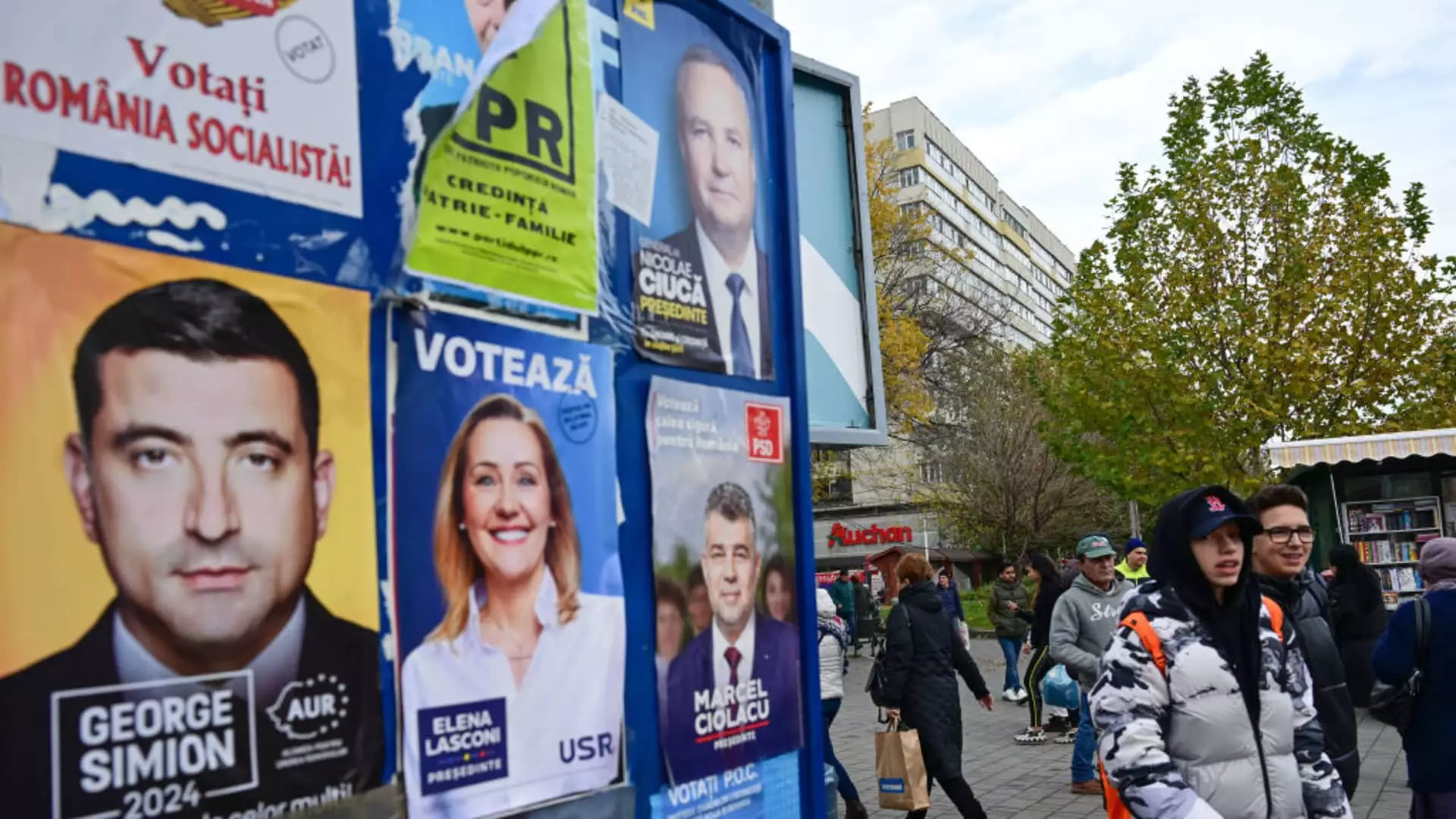In a remarkable twist during Romania’s recent presidential election, Calin Georgescu, a far-right independent candidate with pro-Russian tendencies, garnered 22.94% of the vote in the initial round. This result surpassed many expectations, as pre-election forecasts suggested he would struggle to secure even a modest electoral share. Despite not achieving the 50% threshold for an immediate victory, his lead sets the stage for a contentious runoff, scheduled for December 8.
Facing Georgescu in the upcoming runoff is Elena Lasconi, a pro-NATO candidate and head of the opposition party, Union Save Romania (USR). She secured 19.17% of the votes, distinguishing herself as a reform-minded politician focused on anti-corruption, administrative reforms, and support for military aid to Ukraine. This election marks a critical moment for Romanian politics; for the first time since the fall of communism in 1989, the ruling Social Democratic Party (PSD) will not have representation in the presidential runoff, as their leader, Marcel Ciolacu, fell just short in third place with 19.16%.
The results indicate a significant shift in Romania’s political dynamics. The strong showing by Georgescu and his far-right populism indicates a growing public sentiment that diverges from traditional political platforms. Following him, George Simion, the leader of the Alliance for Uniting Romanians (AUR), brought in 13.87%, showcasing an increasing support for nationalist rhetoric among the electorate. Meanwhile, Nicolae Ciuca, the former prime minister leading the co-governing National Liberal Party (PNL), struggled significantly with just 8.79% of the vote, further hinting at the waning influence of established parties in favor of more radical options.
Georgescu’s campaign, primarily conducted on social media platforms like TikTok, illustrates a seismic shift in how political campaigns are being conducted in Romania. This approach resonates particularly with younger voters, suggesting that digital outreach is becoming an ever more crucial component of political strategy. The fact that Georgescu’s populist messaging has been able to capture the attention and support of a substantial segment of the population brings to light the need for traditional politicians to adapt to new communication channels.
As Romania prepares for the December runoff, the implications of these results are profound. Voter turnout stood at 52.55%, signaling a commendable level of political engagement among the populace amidst a landscape muddied by polarizing political ideologies. The outcome of the runoff will not only determine the next president but will also shape Romania’s foreign policies, especially concerning NATO and EU relations. The pivotal moment begs the question: how will mainstream parties adapt to this new political reality? Romania stands at a crossroads, and the decisions made in the coming weeks will reverberate in the country’s political fabric for years to come.


Leave a Reply